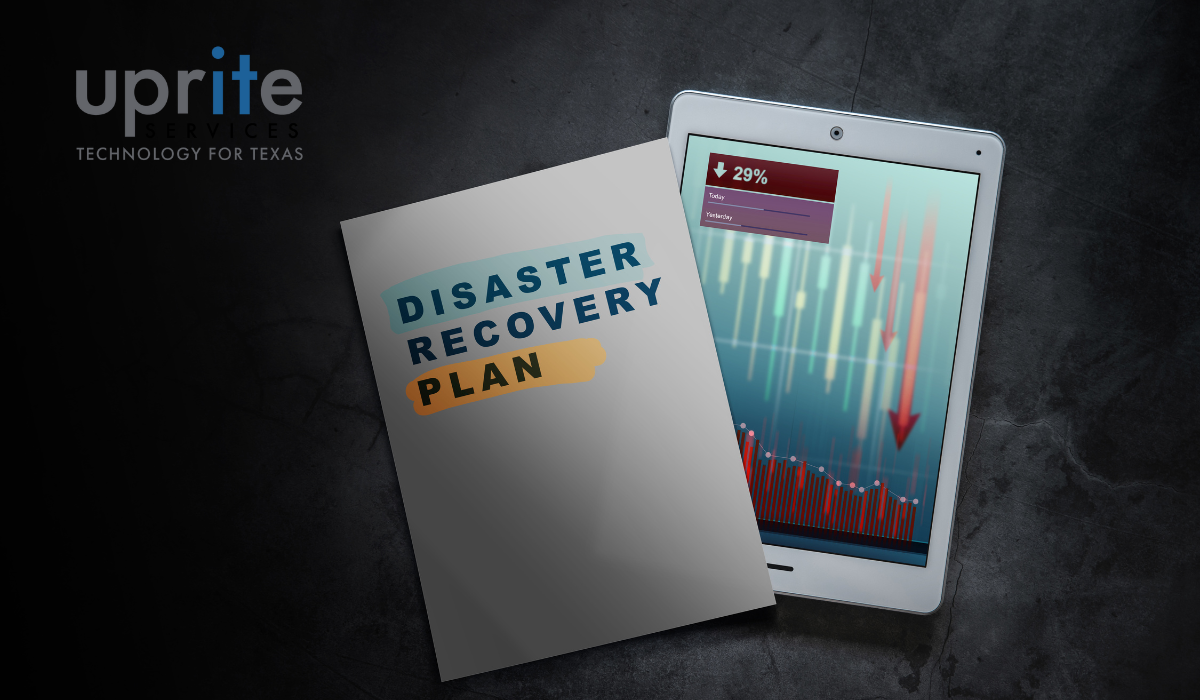
A disaster recovery plan (DRP) is a document that outlines how your business will respond to and recover from various types of disasters, such as natural calamities, cyberattacks, power outages, human errors, and more. A DRP is essential for ensuring business continuity, minimizing downtime, protecting data, and complying with regulations. However, creating a robust DRP is not a simple task. It requires careful planning, analysis, testing, and updating. In this article, we will share some tips and best practices on how to create a robust DRP for your IT team.
Steps to Create a Robust IT Disaster Recovery Plan
Step 1: Conduct a Business Impact Analysis (BIA)
A BIA is a process of identifying and evaluating the potential impact of different disaster scenarios on your business operations, processes, assets, and stakeholders. A BIA helps you prioritize the most critical functions and resources that need to be restored as soon as possible after a disaster. A BIA also helps you estimate the costs and benefits of implementing various recovery strategies and solutions. To conduct a BIA, you need to:
- Define the scope and objectives of the analysis
- Identify the key business functions and processes that support your goals and operations
- Assess the dependencies, risks, and vulnerabilities of each function and process
- Determine the maximum tolerable downtime (MTD) and acceptable data loss (ADL) for each function and process
- Calculate the financial and non-financial impact of disruption or loss of each function and process
- Rank the functions and processes according to their criticality and urgency
- Document the findings and recommendations of the analysis
Step 2: Design a Recovery Strategy
A recovery strategy is a plan of action that specifies how you will restore your critical functions and processes after a disaster. A recovery strategy should include the following elements:
-
- Recovery objectives: These are the targets and metrics that define the desired level and speed of recovery.
- Recovery solutions: These are the tools and techniques that you will use to achieve your recovery objectives. The most common recovery solutions are data backup, data replication, data restoration, failover, and failback.
- Recovery roles and responsibilities: These are the tasks and duties that each member of your IT team and other stakeholders will perform during and after a disaster
See related: Did Microsoft commit a security breach?
Step 3: Implement and Test Your Recovery Plan
Once you have designed your recovery strategy, you need to implement and test it to ensure that it works as expected and meets your recovery objectives. To implement and test your recovery plan, you need to:
- Acquire and configure the necessary hardware, software, and network resources for your recovery solutions
- Establish and maintain the backup and replication schedules and procedures for your data
- Set up and verify the failover and failback mechanisms and processes for your systems and applications
- Develop and document the recovery procedures and checklists for each disaster scenario and recovery solution
- Conduct regular and realistic testing of your recovery plan, such as drills, simulations, and exercises
- Evaluate and measure the performance and effectiveness of your recovery plan, such as the RPO and RTO achievement, the data integrity and availability, and the user satisfaction and feedback
- Identify and address the gaps and issues in your recovery plan, such as the technical glitches, the human errors, and the process inefficiencies
- Review and revise your recovery plan based on the changing business needs, risks, and technologies
Step 5: Create a Disaster Recovery Documentation
A disaster recovery documentation is a collection of records and information that documents your disaster recovery plan, strategy, solutions, procedures, roles, responsibilities, and results. To create a disaster recovery documentation, you need to:
- Define the scope, format, and structure of your disaster recovery documentation, such as the disaster recovery policy, the disaster recovery plan, the disaster recovery run books, the disaster recovery reports, and the disaster recovery logs
- Collect and organize the relevant data and information for your disaster recovery documentation, such as the BIA results, the recovery objectives and solutions, the recovery procedures and checklists.
- Store and secure your disaster recovery documentation in a safe and accessible location, such as a cloud service, a shared drive, or a physical folder.
- Distribute and share your disaster recovery documentation with your disaster recovery team and other stakeholders, and ensure that they are aware and familiar with the contents and purposes of your documentation.
- Review and update your disaster recovery documentation regularly, and reflect any changes or modifications in your recovery plan, strategy, solutions, procedures, roles, responsibilities, and results.
Learn more about: Managed IT services in Houston.
Step 6: Train and Educate Your Disaster Recovery Team
A disaster recovery team is a group of people who are responsible for executing and managing your disaster recovery plan and activities. To train and educate your disaster recovery team, you need to:
- Identify and recruit the members of your disaster recovery team, and assign them their roles and responsibilities
- Provide them with the appropriate training and education on your disaster recovery plan, strategy, solutions, procedures, roles, responsibilities, and documentation, as well as the best practices and standards for disaster recovery
- Involve them in the testing and evaluation of your disaster recovery plan, and solicit their feedback and suggestions for improvement
- Recognize and reward their performance and contribution to your disaster recovery plan and activities, and motivate them to continue their learning and development
- Review and assess their skills, knowledge, and experience regularly, and provide them with the necessary coaching and mentoring
Step 7: Coordinate and Integrate
Your Disaster Recovery Plan with Other Plans.
A disaster recovery plan is not a standalone document that operates in isolation. To coordinate and integrate your disaster recovery plan with other plans, you need to:
- Identify and understand the interdependencies and relationships between your disaster recovery plan and other plans and processes
- Align and harmonize your disaster recovery objectives, solutions, procedures, roles, responsibilities, and documentation with those of other plans and processes, and avoid any conflicts or inconsistencies
- Establish and maintain effective communication and collaboration channels with the owners and stakeholders of other plans and processes, and share your disaster recovery information and insights with them
- Participate and contribute to the development, implementation, testing, and improvement of other plans and processes, and leverage their resources and expertise for your disaster recovery plan
- Review and update your disaster recovery plan and other plans and processes regularly, and ensure that they are consistent and compatible with each other
See related: 7 cybersecurity framework that help reduce cyber risk
Conclusion
Creating a robust disaster recovery plan is a complex and challenging task that requires a lot of time, effort, and expertise. If you need professional help and guidance in developing and managing your DRP, you can contact Uprite IT Services, a leading provider of IT solutions and support. Uprite IT Services has over 20 years of experience in delivering reliable and cost-effective disaster recovery services to businesses of all sizes and industries. Uprite IT Services offers comprehensive solutions to safeguard your business. We conduct thorough Business Impact Analyses (BIA) and risk assessments, design and implement customized, scalable recovery strategies for your IT infrastructure, provide and manage top-tier backup, replication, and restoration solutions, and ensure robust failover and failback capabilities for your systems and applications.


